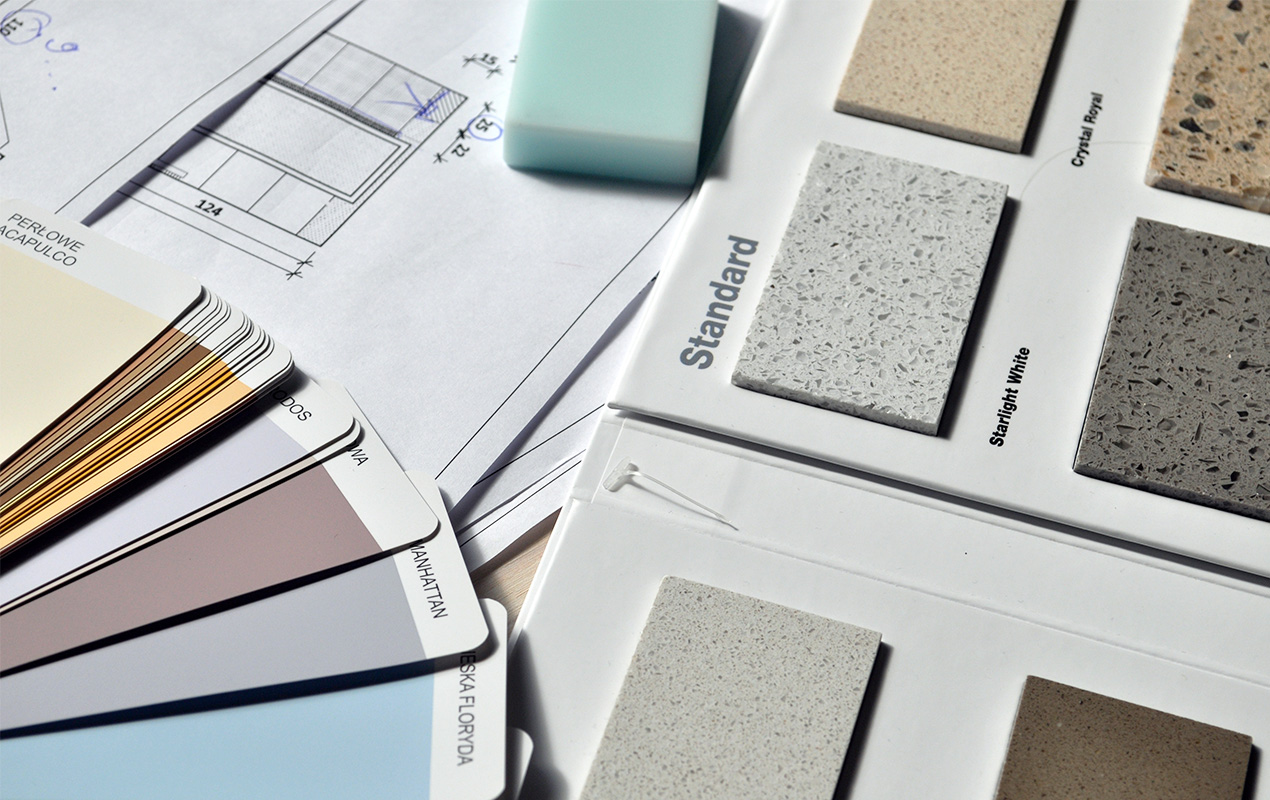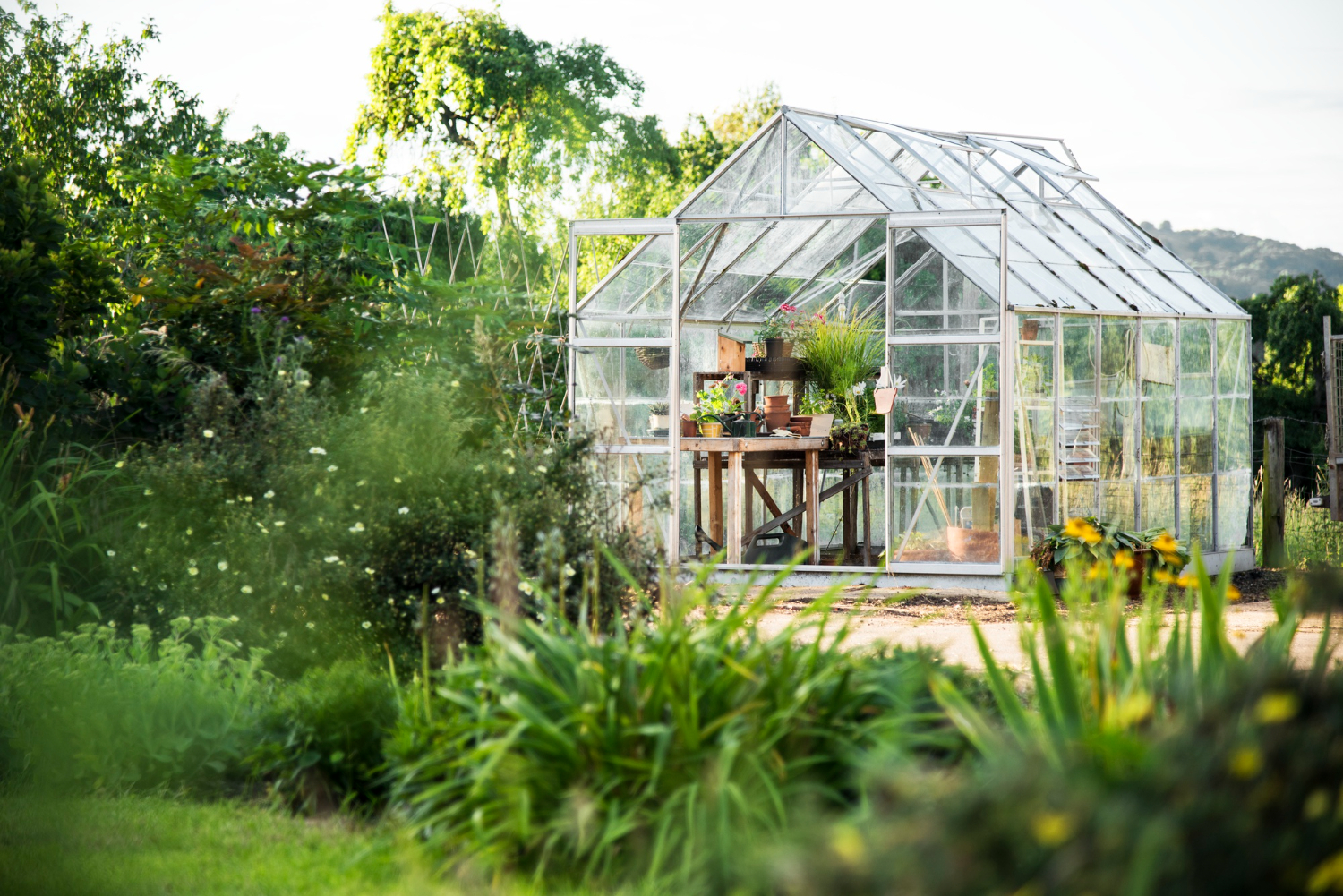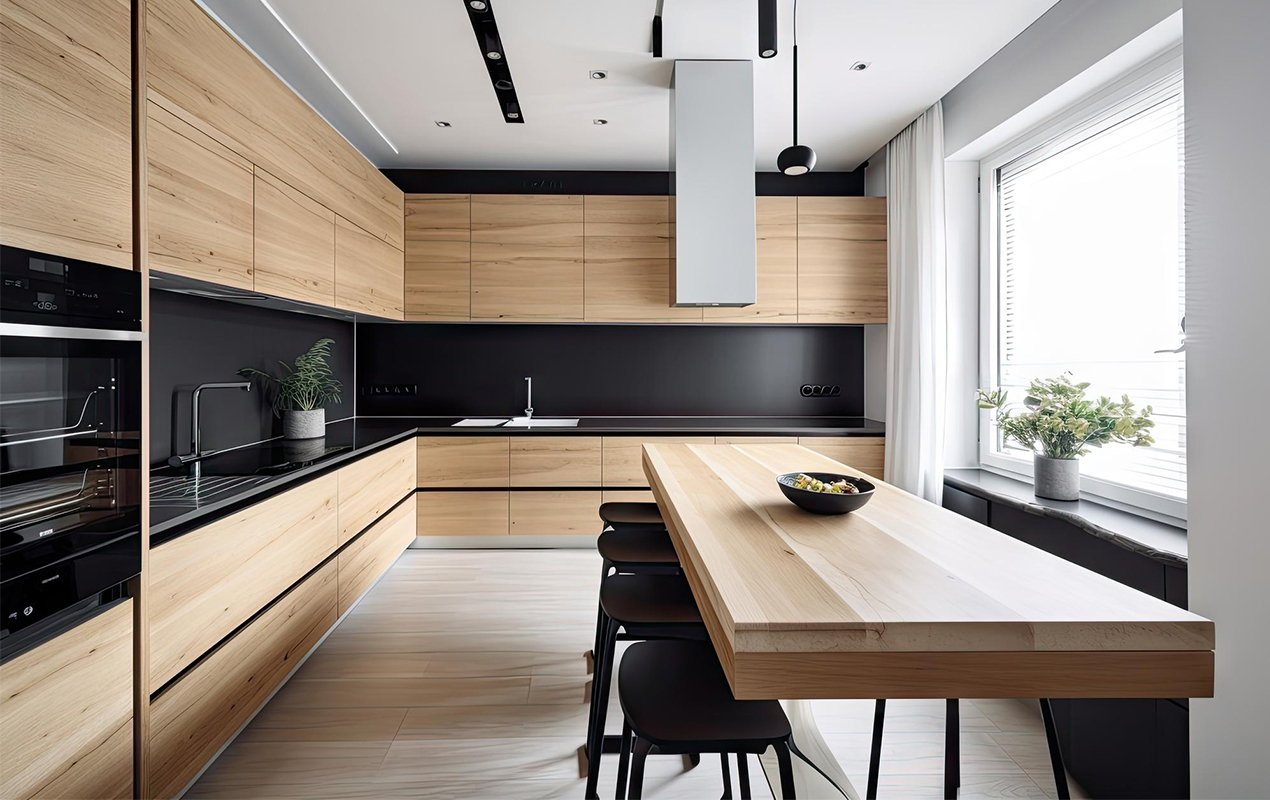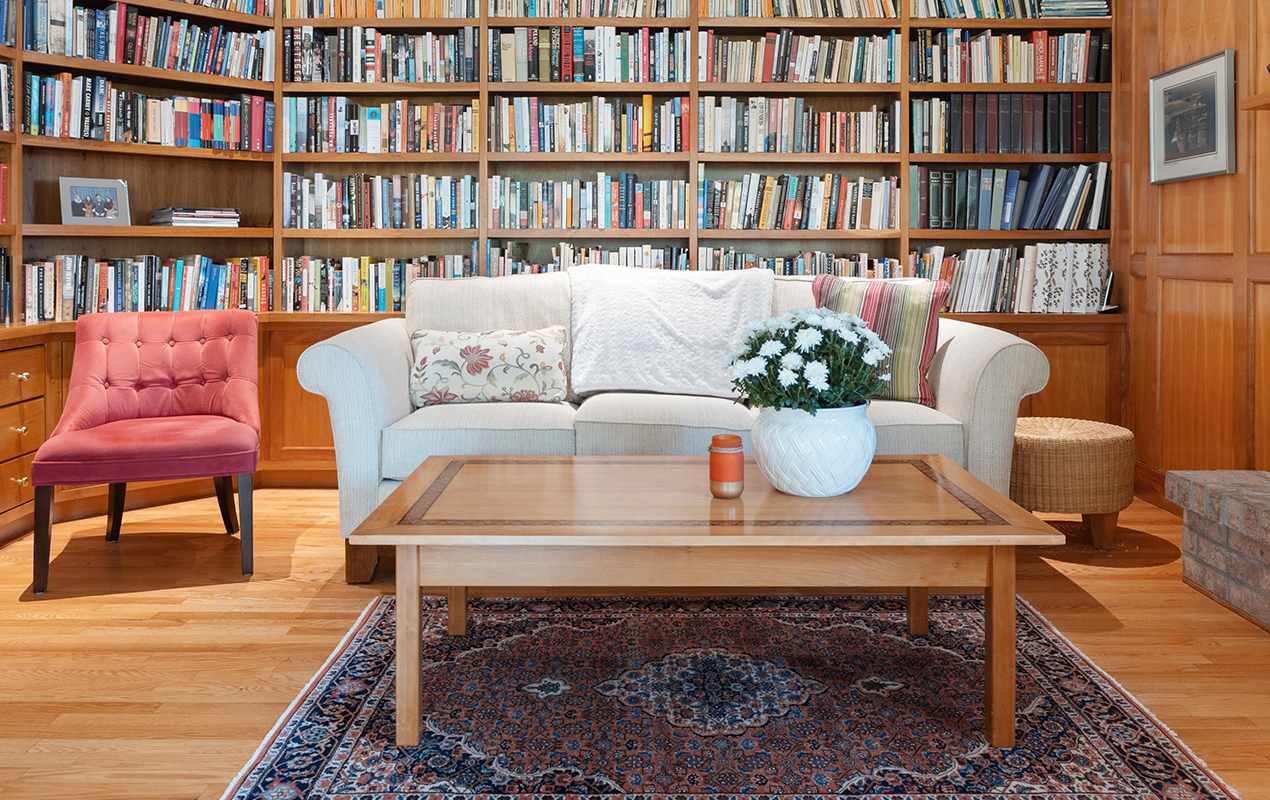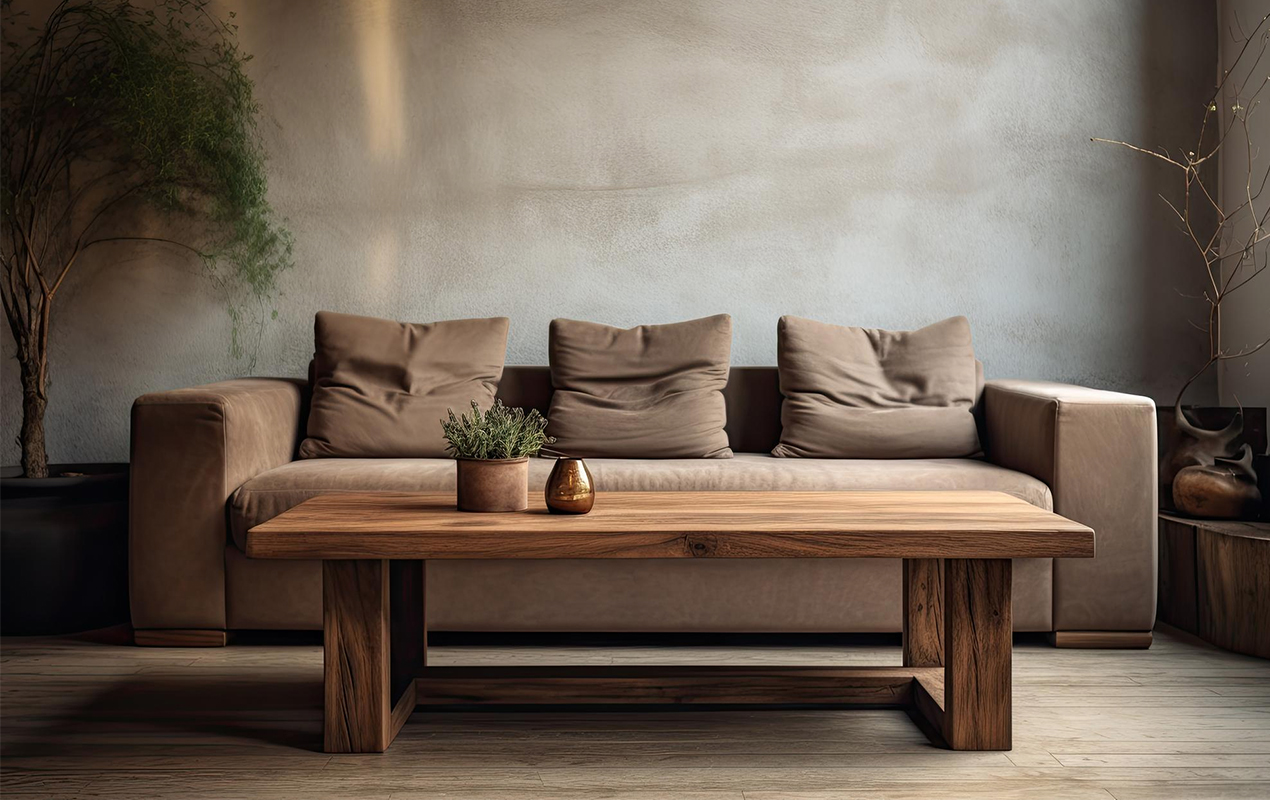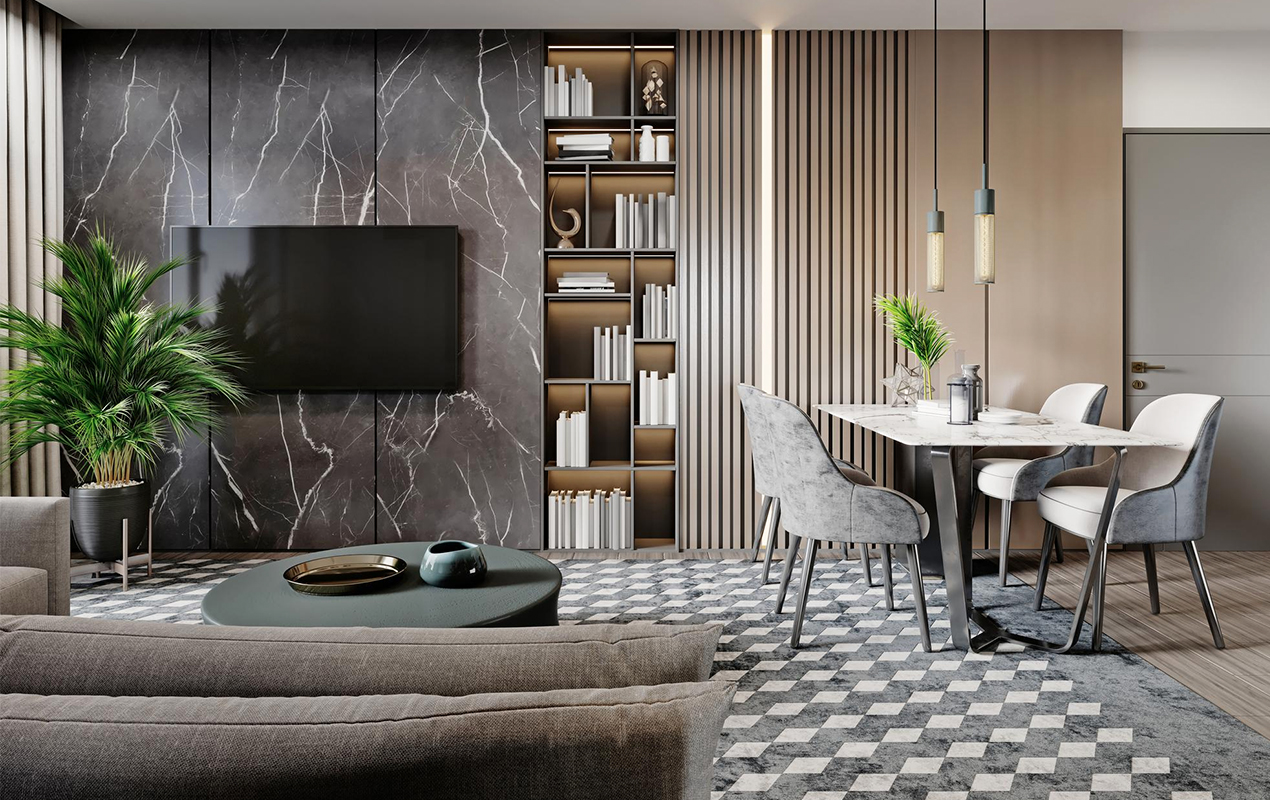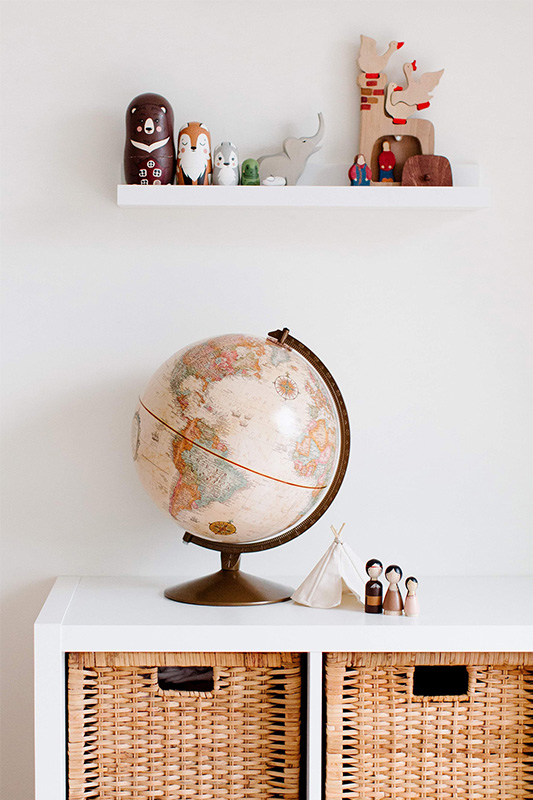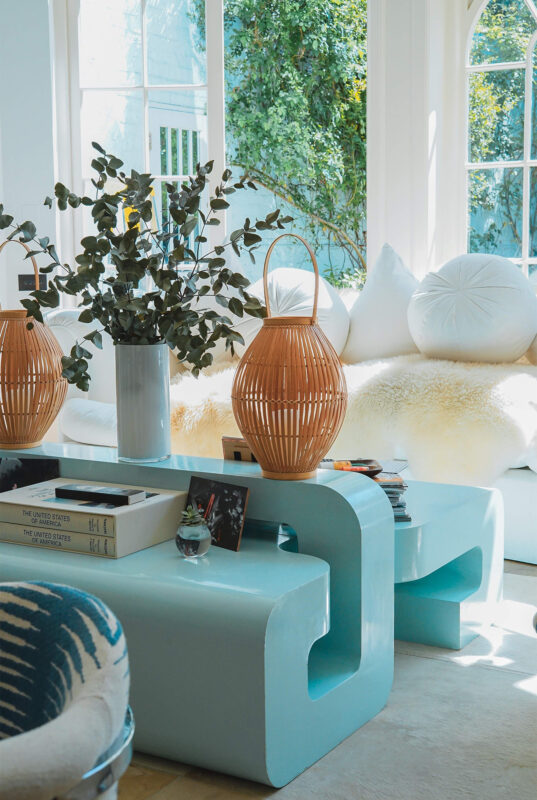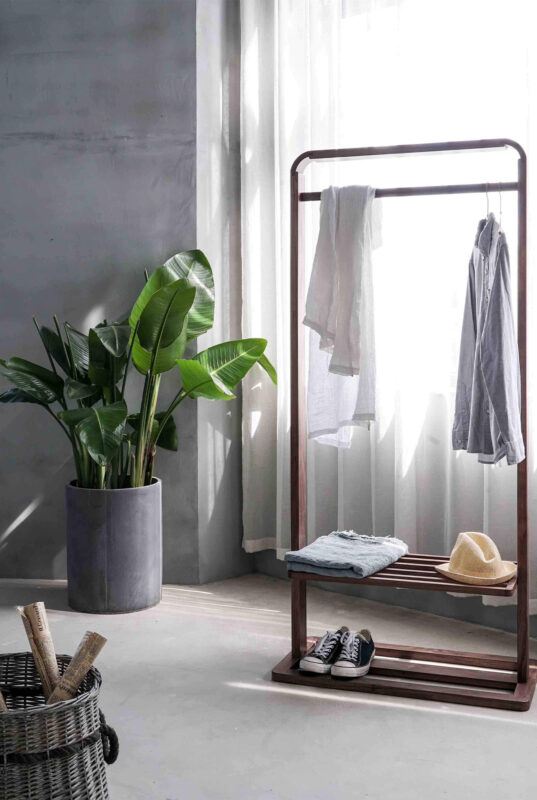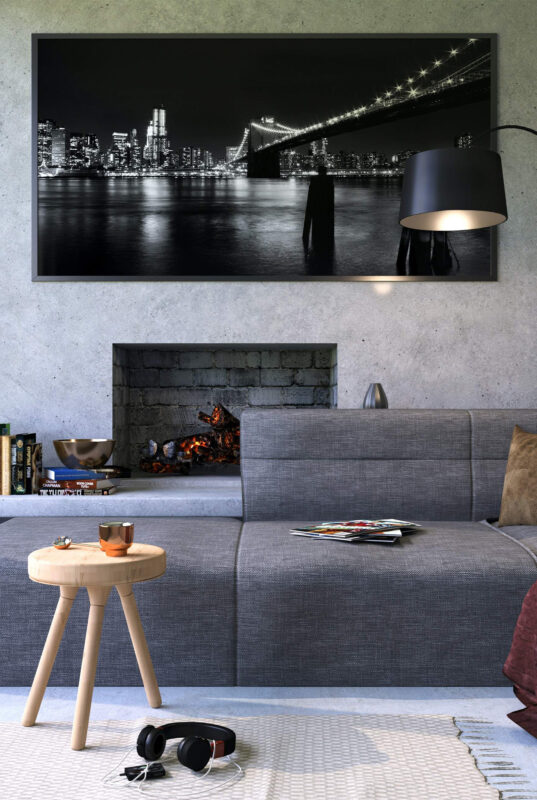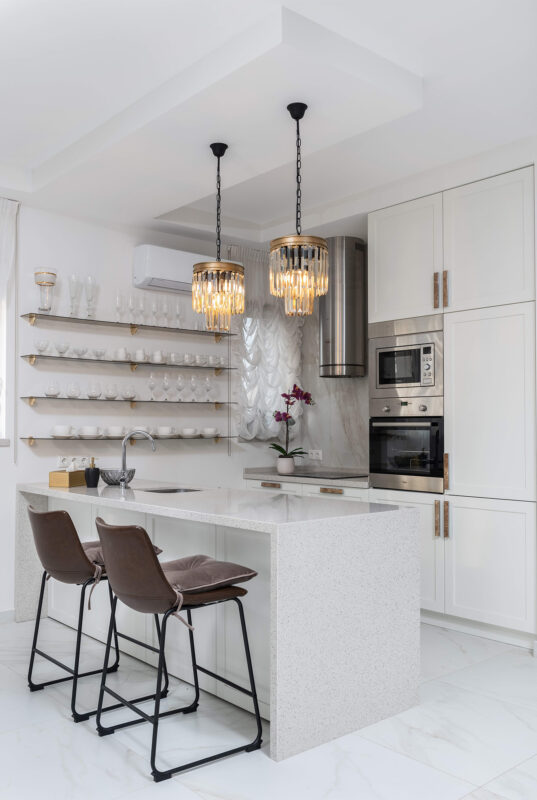Blog
Top Bedroom Interior Trends Featuring Minimalist Door Designs
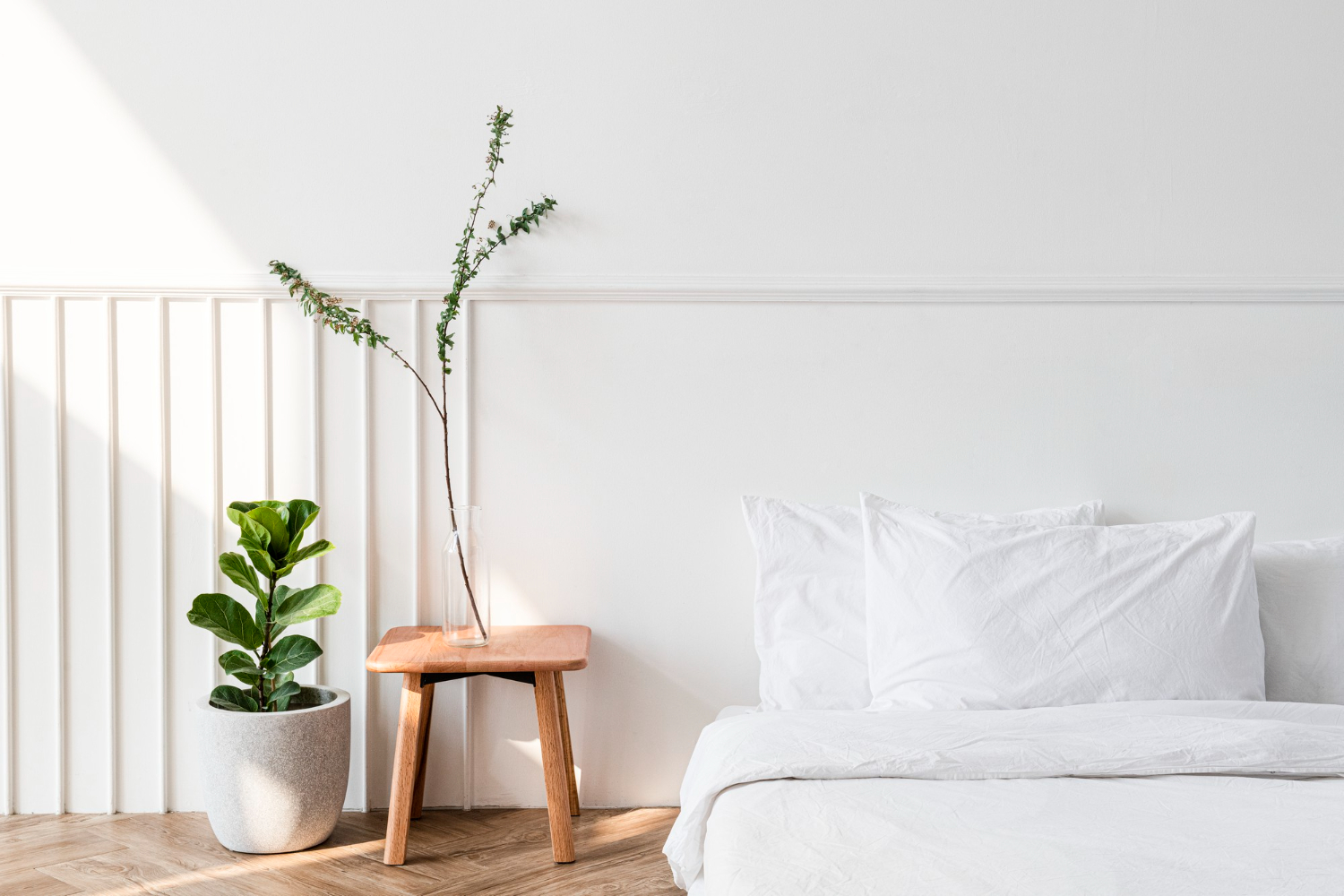
In the ever-evolving world of interior design, bedroom spaces have undergone remarkable transformations over recent years. What once served as merely functional sleeping quarters now represents personal sanctuaries that reflect individual taste, lifestyle priorities, and current design sensibilities.
Among the many elements that contribute to a cohesive bedroom aesthetic, door designs have emerged as surprisingly influential features that can either enhance or detract from the overall look. As we move through 2025, minimalist door designs have gained particular prominence, offering clean, uncluttered looks that complement contemporary bedroom styles.
This shift away from ornate, heavy door designs toward sleeker, more streamlined options mirrors broader changes in home design preferences, where simplicity, functionality, and visual calm are increasingly valued.
Whether renovating an existing space or planning a new bedroom, understanding how these door trends integrate with other interior elements can help create spaces that feel both current and timeless.
This article explores the top bedroom interior trends that pair beautifully with minimalist door designs, offering practical insights for homeowners, designers, and anyone looking to refresh their personal spaces with contemporary appeal.
Why Bedroom Door Design Plays a Key Role in Interior Trends
Doors as a Style Statement in Modern Bedrooms
Bedroom doors have transcended their basic function of providing privacy and security to become significant style elements in their own right. Modern design approaches now recognize doors as opportunities for visual impact rather than merely transitional elements between spaces.
In contemporary bedrooms, doors serve as design anchors that can either blend seamlessly with the surrounding décor or stand out as distinctive focal points.
The strategic selection of door styles now influences everything from the perceived spaciousness of a room to the overall mood and atmosphere. Designers increasingly view doors as “vertical real estate” – valuable surface areas that contribute to the room’s design language. This perspective has led to more thoughtful door choices that complement bedroom furniture, wall treatments, and flooring selections.
From Function to Focal Point: The Evolution of Door Aesthetics
Historically, bedroom doors emphasized ornate detailing, heavy paneling, and prominent hardware. Today’s design evolution shows a marked shift toward doors that embody quieter visual statements while maintaining a strong design presence.
This transformation reflects changing attitudes about what constitutes good design – where restraint and intentionality have replaced decorative excess.
The modern bedroom door communicates design sensibility through proportion, material quality, and subtle details rather than elaborate embellishments.
This evolution aligns with contemporary living values that prioritize uncluttered spaces and visual simplicity. The result is bedroom environments that feel more spacious, peaceful, and intentionally designed.
The Rise of Minimalist Door Designs in 2025
Clean Lines, Hidden Hinges, and Seamless Finishes
The defining characteristics of 2025’s minimalist door designs include exceptionally clean, straight lines and flush surfaces that create visual continuity.
Hidden hinges have become standard features, eliminating visual interruptions and allowing doors to appear almost as extensions of the wall when closed. This technical advancement supports the minimalist principle of reducing visual noise.
Seamless finishes further enhance this effect, with doors featuring consistent textures and surfaces that avoid traditional panel divisions or decorative elements.
The absence of visible hardware (or the use of discreet, integrated handles) completes this streamlined look. Some door systems even incorporate push-open mechanisms that eliminate handles entirely, creating truly uninterrupted surfaces.
Trending Door Materials: Matte Wood, Glass, and Metal Mixes
Material selection plays a crucial role in minimalist door design. Matte-finished woods have gained significant popularity, offering warmth and natural texture without glossy reflections that might create visual distraction. These wood finishes often feature subtle grain patterns that add interest while maintaining overall simplicity.
Glass elements continue to trend strongly, with frosted, tinted, or textured options providing privacy while allowing light transmission. These glass components often appear in sleek frames or as full-panel inserts that maintain the door’s minimalist profile.
Metal accents provide distinctive character through thin frames, edge details, or inlay elements. The judicious combination of these materials – such as wood doors with metal inlays or glass panels with matte wood surrounds – creates sophisticated, layered looks without compromising minimalist principles.
Neutral Colors and Texture Pairings That Define Minimalism
The color palette for minimalist door designs centers on sophisticated neutrals: soft whites, warm grays, muted taupes, and natural wood tones.
These colors support visual calm while allowing texture to become the primary point of interest. These door styles effortlessly align with the broader shift toward minimalist interior design that’s dominating 2025 bedroom trends.
Texture plays an increasingly important role in preventing minimalist doors from appearing flat or uninteresting. Subtle wood grains, light brushing techniques, and tactile finishes add dimension and sensory appeal without introducing visual complexity.
The interplay between different textures – such as combining smooth painted surfaces with natural wood elements – creates visual depth while honoring minimalist restraint.
Top Bedroom Interior Trends That Complement Minimalist Doors
Japandi-Inspired Calm and Balance
Japandi design – the fusion of Japanese minimalism and Scandinavian functionality – has emerged as a perfect partner for minimalist door designs. This aesthetic celebrates simplicity, natural materials, and balanced compositions that create peaceful, uncluttered spaces.
In bedrooms, this translates to low-profile furniture with clean lines, natural fiber textiles, and thoughtfully curated accessories.
The resulting spaces feel purposeful and serene, with minimalist doors contributing to the overall sense of harmony. Wood tones typically remain light to medium, enhancing the airy quality that defines Japandi spaces.
Wall-Mounted Storage and Concealed Closets
Contemporary bedroom design increasingly features wall-mounted storage systems and concealed closets that maintain clean, uninterrupted wall planes. Minimalist doors play a crucial role in these systems, often appearing as virtually invisible panels that blend with surrounding walls until opened.
These storage solutions frequently incorporate touch-latch mechanisms or discreet recessed handles that preserve the sleek appearance of the room. Interior designers now approach bedroom storage as an integrated architectural element rather than as standalone furniture, with doors becoming almost architectural features themselves.
Natural Light, Open Spaces, and Airy Textures
Modern bedroom design emphasizes abundant natural light, open floor plans, and airy textures that create visual expansiveness. Minimalist doors support these qualities through their unobtrusive profiles and often through the incorporation of translucent materials that allow light transfer between spaces.
Fabric choices in these bedrooms typically favor natural materials with subtle textures – linen bedding, wool throws, and cotton accessories – that complement the honest materiality of minimalist doors.
The overall effect is one of lightness and breathability, creating restful environments that feel spacious regardless of actual room dimensions.
Smart Door Designs for Smaller Bedrooms
Pocket and Sliding Doors to Maximize Space
In compact bedrooms, space optimization becomes paramount, making pocket and sliding door systems particularly valuable. These space-saving door types eliminate the swing radius required by traditional hinged doors, effectively reclaiming usable square footage.
Modern pocket doors disappear completely into wall cavities when open, while sleek sliding systems operate on nearly invisible track mechanisms. These designs maintain minimalist principles through their streamlined appearance and functionality.
When planning these sleek installations, understanding the standard door rough opening becomes crucial to avoid layout mishaps. Proper measurements ensure these sophisticated door systems function flawlessly while preserving the room’s minimalist aesthetic.
Integrated Mirror Panels for Functionality & Depth
Minimalist doors in smaller bedrooms increasingly incorporate mirror panels that serve dual purposes: they maintain the door’s clean lines while visually expanding the space through reflection. These mirror elements may appear as full-door surfaces or as strategic inserts within the door design.
The reflective quality not only makes rooms appear larger but also increases light distribution throughout the space. Unlike traditional mirror placements, these integrated designs avoid the visual clutter of separate mirrors, preserving the minimalist aesthetic while enhancing functionality.
Customization Ideas for a Personalized Minimalist Bedroom
Mixing Wood Tones with Monochrome Walls
While minimalist design often suggests limited color variation, contemporary interpretations embrace thoughtful contrast through the mixing of wood tones against monochromatic backdrops. Bedroom walls in single-tone neutrals provide perfect backgrounds for doors featuring natural wood finishes or wood-tone accents.
This approach allows for personalization within minimalist parameters, with wood selections ranging from pale ash and oak to richer walnut or even ebonized finishes.
The natural variation in wood grain adds organic character to otherwise restrained environments, creating visual warmth without introducing pattern or color complexity.
Minimal Hardware with Maximum Impact
Hardware selection for minimalist doors has evolved into a refined art form, with designers selecting pieces that function as subtle jewelry for the door. These elements typically feature clean lines, premium materials, and flawless finishes that reward close inspection.
Popular options include flush-mounted handles in brushed metals, minimal edge pulls that disappear from certain angles, and precision-engineered touch systems that eliminate visible hardware entirely.
When hardware is included, it’s typically reduced to its essential form – small but perfectly executed details that add sophistication without visual weight.
Accent Lighting Around Door Frames
Innovative lighting approaches have introduced new dimensions to minimalist door designs, with subtle LED installations that highlight door frames or wash door surfaces with gentle illumination. These lighting elements create dramatic effects while maintaining the clean, uncluttered aesthetic central to minimalism.
Common applications include recessed channel lighting along door edges, backlit door frames that create a floating effect, and motion-activated systems that illuminate pathways during nighttime use. These lighting features transform ordinary doors into architectural light features that enhance the overall bedroom ambiance.
Tips to Pair Bedroom Layout with the Right Door Design
Matching Your Door Style with Bed and Wall Positioning
The relationship between door placement, bed position, and wall treatment requires careful consideration in minimalist bedroom design. Successful spaces align these elements through consistent proportions, complementary finishes, and thoughtful spatial relationships.
Designers recommend viewing the bedroom as a composition where doors function as framing elements that establish sight lines and movement patterns. For instance, placing a sliding wood door opposite a bed with a similar wood headboard creates visual dialogue between these elements, while positioning doors to frame views of feature walls enhances the overall design impact.
How to Create Visual Flow Across Room Elements
Achieving cohesive bedroom design requires establishing visual connections between doors and other room elements through repeated materials, consistent finishes, or echoed forms.
This approach creates spaces that feel intentional and harmonious without requiring matching furniture sets or rigid design formulas.
Successful minimalist bedrooms often feature subtle material continuity – perhaps the wood tone of a door repeated in bed frames or nightstands, or metal door accents that relate to lighting fixtures.
These thoughtful connections create sophisticated, integrated spaces where doors contribute to the overall design language rather than appearing as isolated elements.
Final Thoughts
The integration of minimalist door designs into contemporary bedrooms represents more than a passing trend – it reflects a fundamental shift toward interior spaces that prioritize visual calm, material quality, and thoughtful details over decorative excess.
By approaching doors as significant design elements rather than merely functional necessities, homeowners can create bedrooms that feel coherent, intentional, and distinctly modern. The beauty of these minimalist approaches lies in their versatility and longevity.
Unlike heavily styled design trends that quickly date, well-executed minimalist doors offer enduring appeal through their simplicity and focus on fundamental design principles. Whether in urban apartments, suburban homes, or rural retreats, these door designs adapt to diverse settings while consistently delivering visual sophistication.
As bedroom design continues to evolve, the principles that drive minimalist door trends – restraint, quality, and purposeful design – will likely remain relevant, offering lasting value for those who invest in these thoughtful details.
By carefully selecting door styles that complement other bedroom elements, homeowners can create personal retreats that feel both contemporary and timeless – spaces that provide not just physical rest but visual and emotional calm as well.



